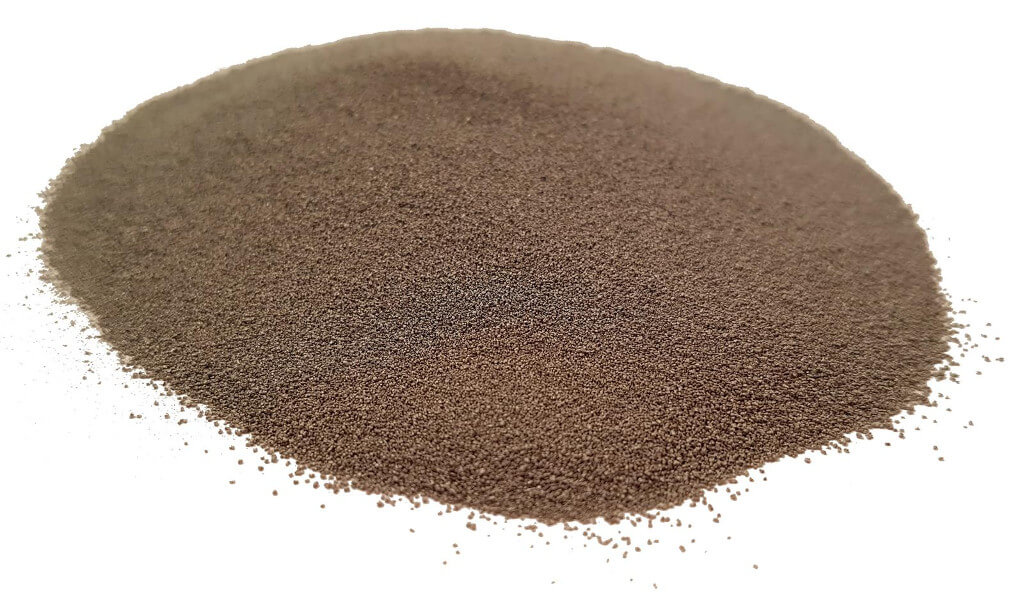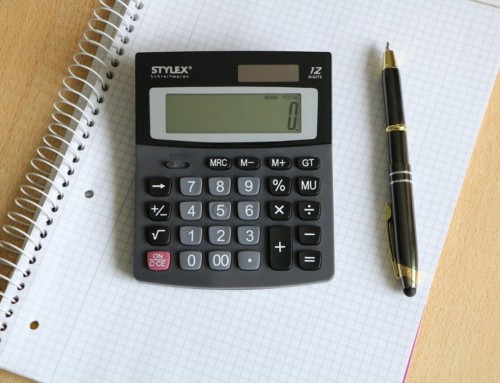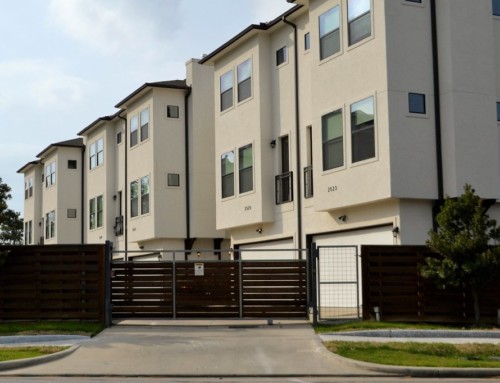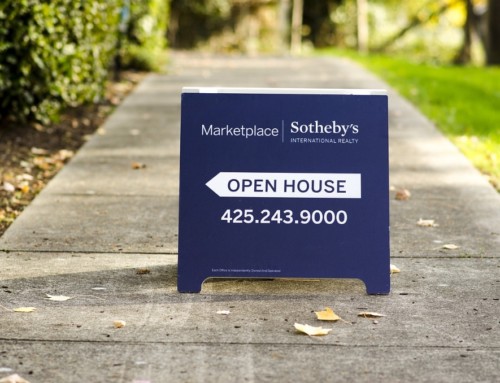ZIMSEC O Level Combined Science Notes: Experiment: Demonstrate the effect of surface area on the rate of a reaction
Materials: magnesium ribbon, magnesium powder, marble chips (another form of calcium carbonate), powdered calcium carbonate, 250cm3 beakers, dilute hydrochloric acid, spatula, splint
Method a
- Into two beakers pour an equal volume of dilute hydrochloric acid about 20cm3
- Add a small spatula load of magnesium powder to one beaker an at the same time a small piece of magnesium ribbon to the other
- Put a lighted splint into the top of each beaker
Observations and results
- The magnesium powder reacts quickly with the acid and dissolves in the acid at a more rapid rate than the magnesium ribbon
- Hydrogen is produced and it burns with a popping sound
- \text{magnesium+hydrochloric acid}\rightarrow\text{magnesium chloride+hydrogen}
Method b
- Pour two equal measures into two beakers
- Add a small spatula of powdered to calcium carbonate to one beaker containing acid
- At the same time add one or two marble to the other beaker
Observations and results
- Bubbles start to form as a gas is given out by the reactions
- The reaction with the powdered calcium carbonate finishes first
- Carbon dioxide is evolved
- \text{calcium carbonate+hydrochloric acid}\rightarrow\text{calcium chloride+carbon dioxide+water}
Conclusion
- The smaller the particles involved the faster the rate of the equation
- The larger the particle size the slower the rate of reaction
- Crushing or breaking down the solids into powder speeds the rate of reaction
- This is because the surface area is increased increasing the amount of particles that collide with each other at one given moment in the solution
To access more topics go to the Combined Science Notes page.








